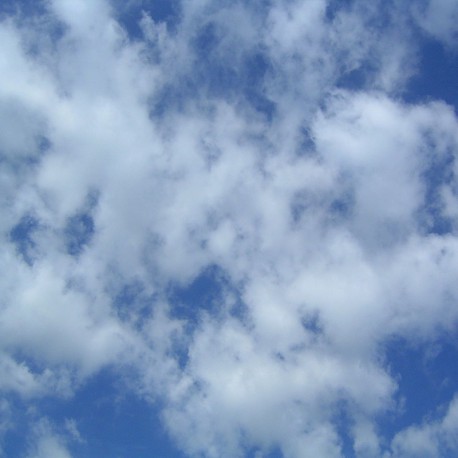 View larger
View larger
Estimating Cloud Cover
New activity
Participants use their estimation and math skills to simulate a clear, isolated, scattered, broken, or overcast sky using blue construction paper and torn white paper shapes. Participants try to accurately guess the percentage of cloud cover for each other's simulations.
Open Activity
-
Rating
-
Participants Enjoyed the ActivityParticipants Learned from This ActivityActivity Instructions Were Clear and Easy to FollowWould Recommend
Related Programming Resources
Reviews
Cloudy with a chance of mathematics
This activity was great as a part of an overall lesson on estimating, especially since it deals with estimating using irregular rather than regular shapes. I also found it is helpful to either prepare some examples ahead of time or have a “ringer” group or two out of the total participants to ensure you get at least one group that chooses the same percentage of cloud cover as another group. This seemed to really help all the groups see how two drastically different layouts still amounted to the same amount of coverage.
Our program led to some great discussions over the difficulties in accuracy when: smaller vs. larger pieces are used, pieces are closely “clumped” vs. scattered throughout the sky, and the difficulty in preventing overlap on the higher percentages of cover. If you have time, I would even recommend having groups try changing up one of their methods (make pieces larger/small or clump/spread out pieces) using the same percentage when making another sky coverage to give them an even better grip on the estimating difficulties.
The participants also had a good time analyzing their viewing “bias”, and many were able to apply it back to other experiments we had previously performed (many of the regular participants keep a science journal to keep track of the past projects).



